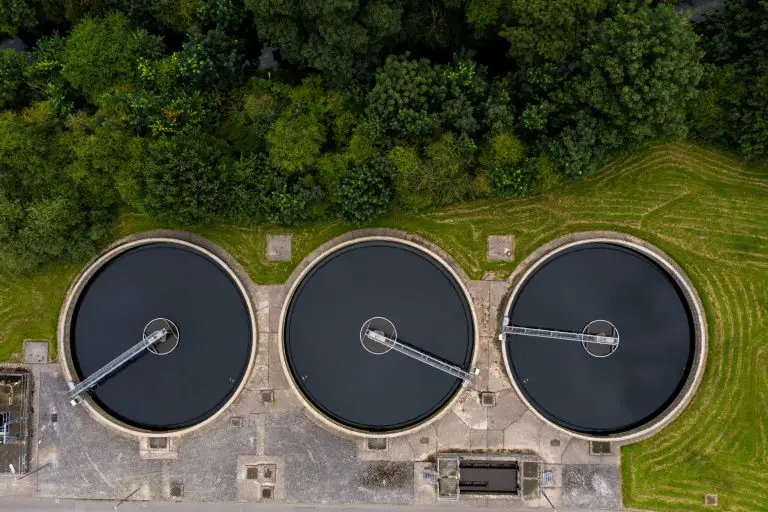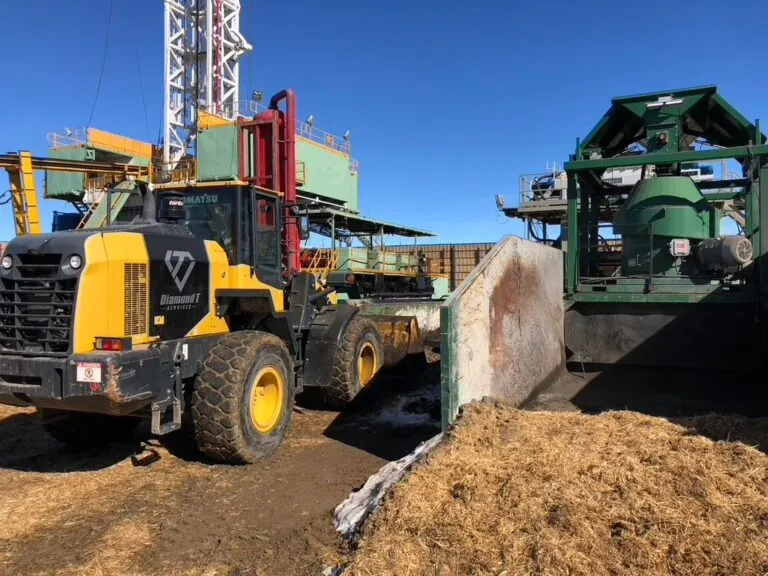Sludge is a common byproduct on construction sites. Learn how to treat it the right way.
Construction work is known to generate a surprising amount of solids and liquids throughout the process. For teams that are breaking ground and making major modifications to accommodate a project’s needs, sludge is something that can come up fairly often. Treating sludge is an important part of these processes. In this article, we are going to explore what it means to treat sludge and how you can treat sludge properly.
Treating Sludge: An Overview
Waste products are an inevitable part of construction work–and there is really nothing to be done about that. However, there are certain practices that allow us to prepare and manage waste in a better and healthier way. Treating sludge is just one of the ways that construction teams do this. Let’s take a closer look at what this process entails for construction teams.
What Does it Mean to Treat Sludge?
Sludge is a common byproduct that comes with any form of excavation, so it is commonly seen by construction teams. The sludge itself is a combination of mud and a significant amount of water. This form of waste often needs to be removed from construction sites–but simply hauling it off isn’t the best option.
Before you remove the sludge from a construction site, you will want to treat it. A big part of this is dewatering, which is the process of removing water from the sludge itself. This can change the sludge in several ways for the better before the sludge is removed from the site. To do this, most teams will use a sludge centrifuge.
Why Do People Treat Sludge?
Construction teams often treat their sludge as a part of their waste removal practices. When your team removes a fair bit of material from the earth, it needs to go somewhere. Removing the water can make it much easier to transport the sludge for disposal.
How Does Treating Sludge Improve Construction Practices?
Treating sludge is one innovative practice that most modern construction teams are embracing thanks to its clear benefits. When you treat sludge, you make sure that there is less of it–which means less waste to remove overall. This can cut back on costs and reduce the number of hours needed to handle this process. However, it can also be a great way to save money. Pairing this with the fact that it is safer to dispose of sludge that has been treated, it is easy to see why more teams are focusing on this process.
The Takeaway
If you are looking to enhance your practices on your next big project, using a sludge centrifuge is a great step to take. This allows you to remove the water and enhance the quality of the sludge before you remove it from a site. To learn more, contact us today to get started.






